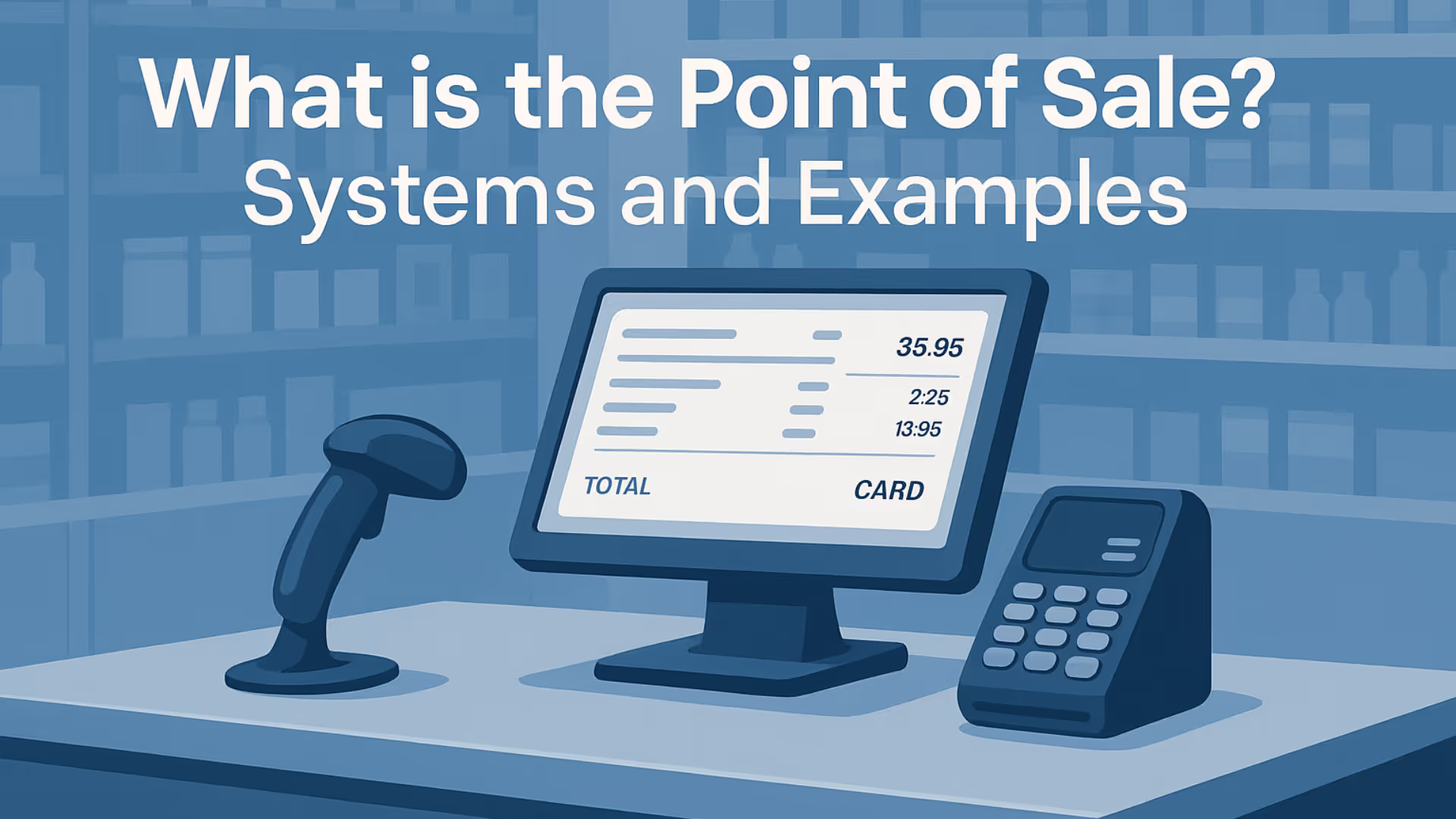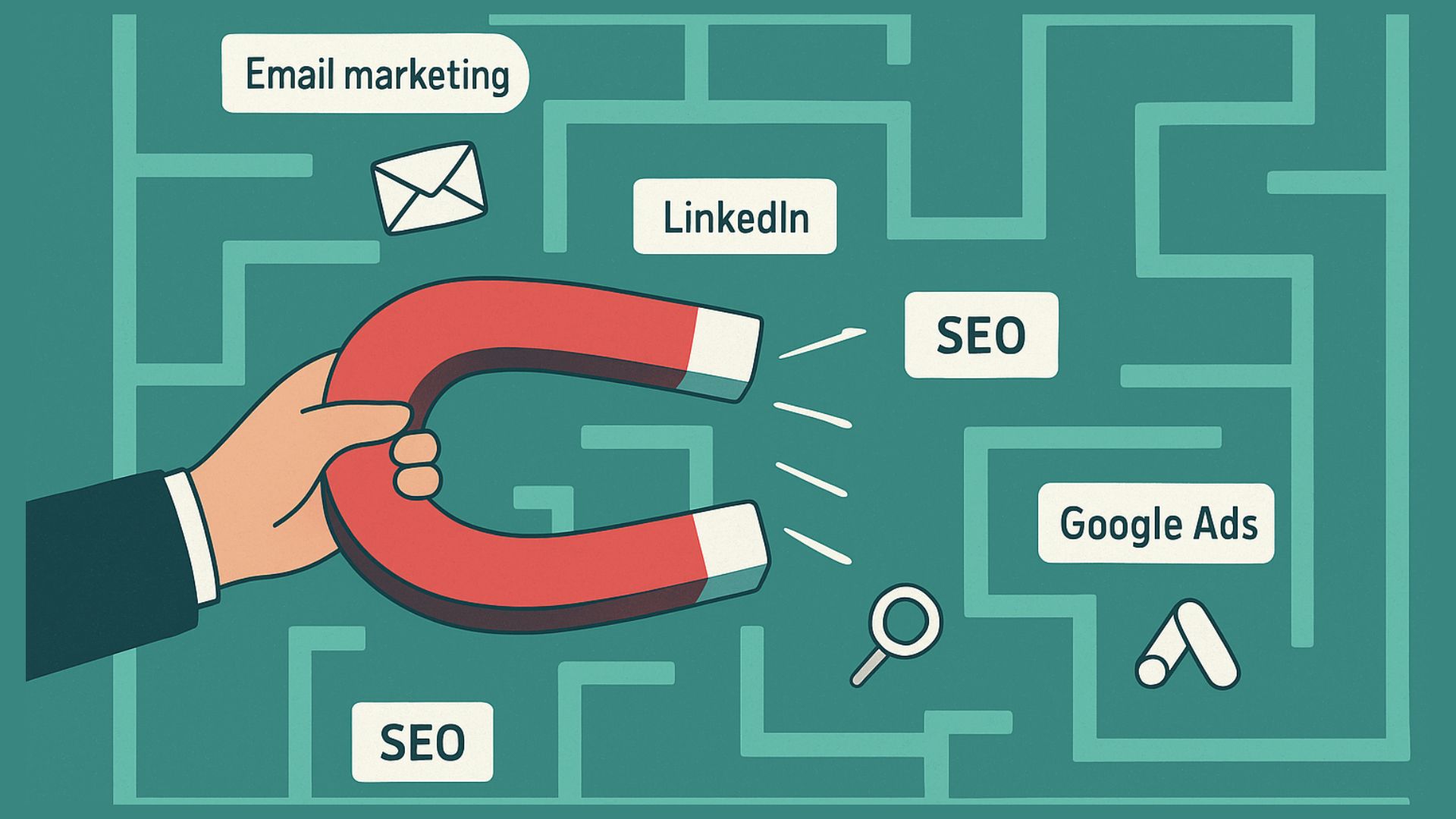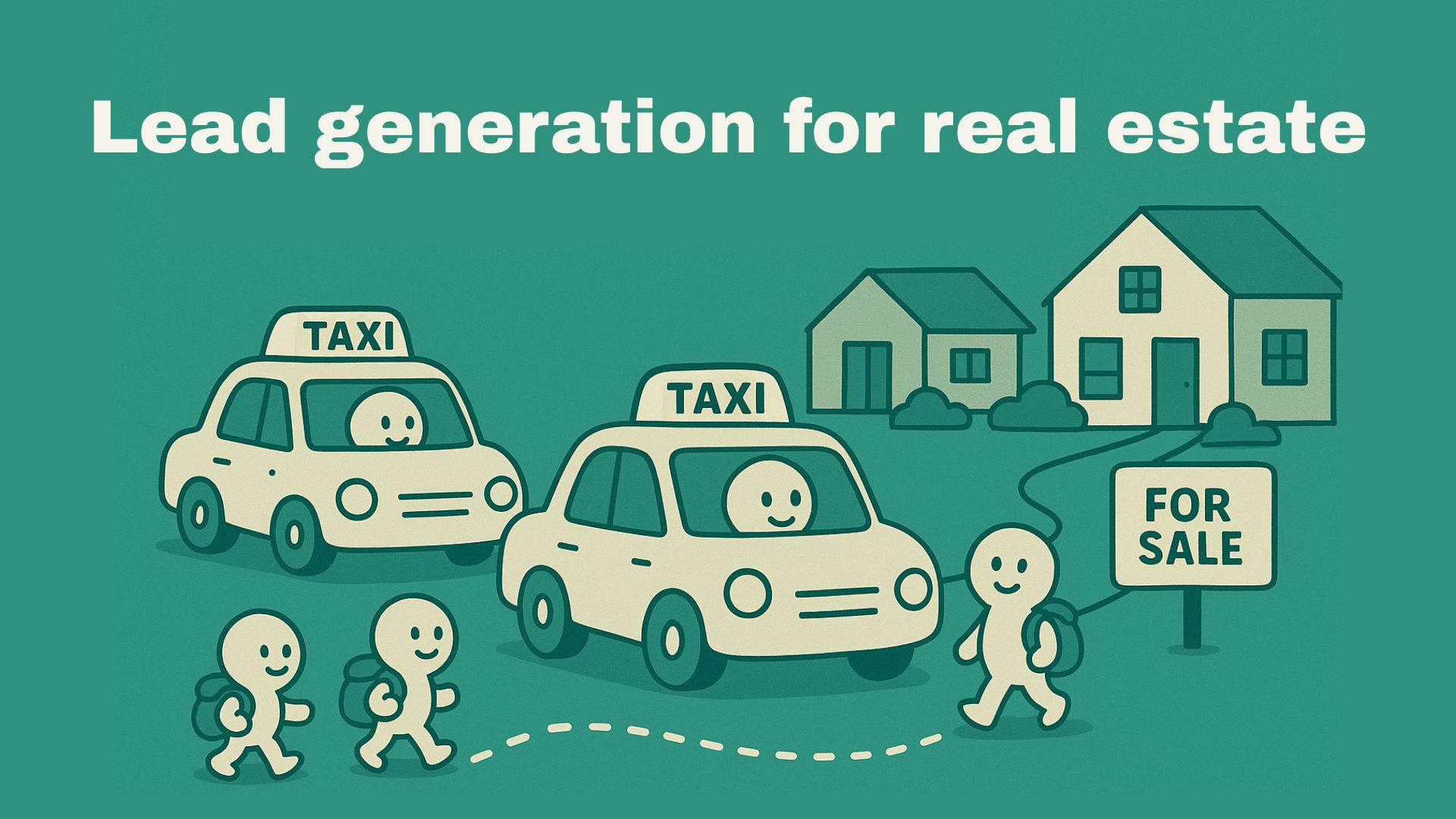

Slow checkouts hurt both customer experience and revenue.
Maybe the scanner isn’t working, the system’s lagging, or the cashier is juggling too many tasks at once. Whatever the reason, that wait can turn a good shopping experience into a cumbersome one for both the customer and the business.
This is why having the right Point of Sale (POS) system matters. POS systems are smart, all-in-one solutions that help businesses manage sales and make faster, data-driven decisions.
In this blog, we’ll break down POS systems, their types, key features, benefits, and top platforms.
What is a Point of Sale(POS) system?
What are the types of POS systems?
Traditional POS system
This is the classic setup used in many brick-and-mortar stores like salons, supermarkets. The software is installed locally on computers or servers and it often includes cash registers, receipt printers, and barcode scanners.
Mobile POS system
These run on smartphones or tablets using an app. Payments can be processed on the go, making them ideal for businesses with limited space or those operating in different locations. This one is commonly used in food trucks, pop up shops.
Cloud-based POS system
This system stores data online and can be accessed from anywhere with an internet connection. It typically works on standard devices like tablets or desktops and automatically updates itself. This is commonly used in gyms, restaurants and chain stores.
Self-service Kiosks
These allow customers to place orders and make payments without staff assistance. These are commonly used in quick-service restaurants, movie theaters, and retail chains as they speed up service and reduce wait times.
What are the features of a modern POS system?
Inventory management
Modern POS systems help businesses track inventory in real-time. From automated stock updates to low-stock alerts, they ensure you never run out of your best-sellers or overstock slow-moving items. Some systems even support bulk uploads, barcode scanning, and supplier integration.
Sales tracking and analytics
A good POS system records every sale and turns that data into actionable insights. It can break down sales by product, category, time period, or employee, helping you identify trends and optimize performance.
Employee management
POS systems often include tools to monitor staff performance, track hours worked and assign user permissions. You can see who sold what, when, and how well each employee is performing.
Loyalty program integration
Many modern POS platforms allow seamless integration with loyalty programs either built-in or third-party. You can reward customers with points, discounts, or exclusive deals based on their purchases.
Customer relationship management
Integrated CRM features help collect and manage customer data which includes purchase history, contact info, and preferences, thereby offering personalised experience to the customer.
Omnichannel capabilities
Today’s customers expect a seamless shopping experience across channels. A modern POS syncs inventory and customer data across your physical store and online platforms (e.g., website or app), ensuring consistency.
{{callout-3}}
How to choose the right POS system?
Business size and type
The requirements of a small boutique are very different from those of a multi-location restaurant or a fast-paced grocery store. Choose a POS system tailored to your industry and scalable for your business size.
Budget
POS systems come in various pricing models. Some charge a flat monthly fee, while others charge per transaction or user. Don’t just look at upfront costs; also consider long-term expenses like hardware, software upgrades, and add-ons.
Tip💡: Calculate the total cost of ownership over 1-2 years, not just the setup fee.
Features required
Make a list of must-have features based on your operations and choose one that matches your needs.
Ease of use
The system should be intuitive and user friendly for you. A complex interface can slow down operations and require more training.
Integration capabilities
Your POS system should integrate seamlessly with other tools you use such as accounting software, eCommerce platforms, or customer loyalty apps. Integration eliminates manual data entry and reduces errors.
Customer support
Even the best POS systems can run into issues. Reliable customer support is crucial to avoid disruptions during business hours.
What are the challenges of using a POS system?
Top 5 POS systems (features + pricing)
Use case
Scenario
A small boutique clothing store was struggling to keep up with manual billing, handwritten inventory logs, and inconsistent customer data. During peak hours, checkout queues were long, and staff often lost track of stock levels, leading to frustration among customers and missed sales.
Solution
The boutique implemented a cloud-based POS system tailored for retail. It included features like barcode scanning, real-time inventory tracking, customer profile management, and integration with their online store.
The Result
- Faster checkout
- Better stock control
- Improved customer engagement
- Omnichannel sync
Heading text
Nunc sed faucibus bibendum feugiat sed interdum. Ipsum egestas condimentum mi massa. In tincidunt pharetra consectetur sed duis facilisis metus. Etiam egestas in nec sed et. Quis lobortis at sit dictum eget nibh tortor commodo cursus.
Odio felis sagittis, morbi feugiat tortor vitae feugiat fusce aliquet. Nam elementum urna nisi aliquet erat dolor enim. Ornare id morbi eget ipsum. Aliquam senectus neque ut id eget consectetur dictum. Donec posuere pharetra odio consequat scelerisque et, nunc tortor.
Nulla adipiscing erat a erat. Condimentum lorem posuere gravida enim posuere cursus diam.
.svg)






